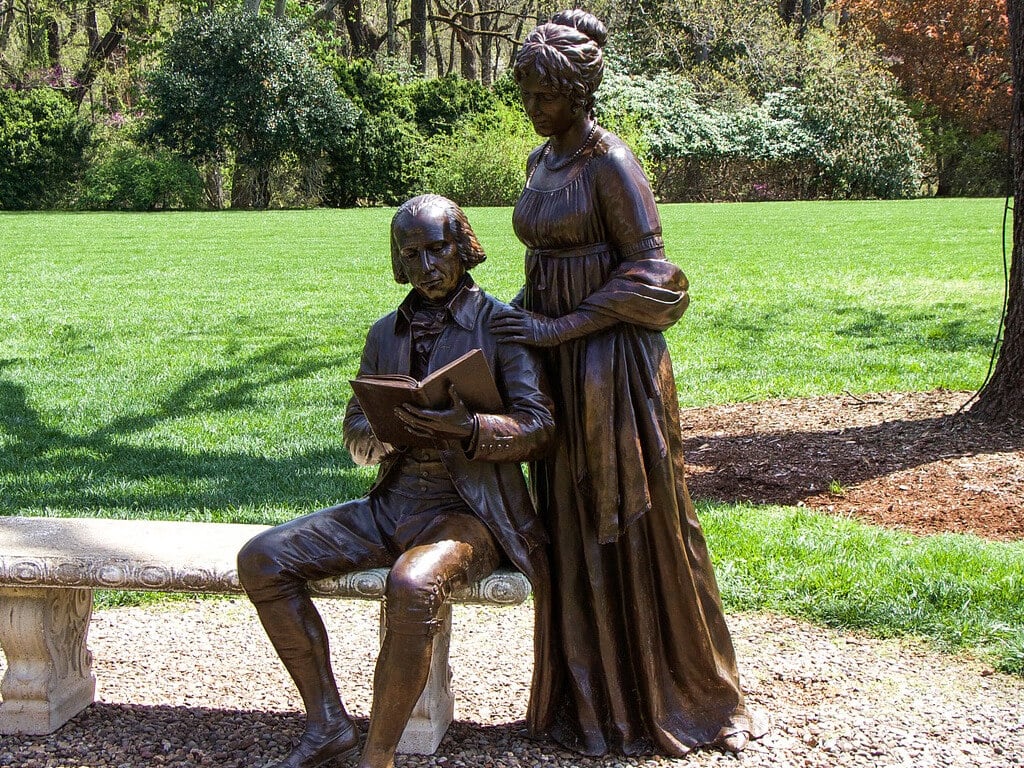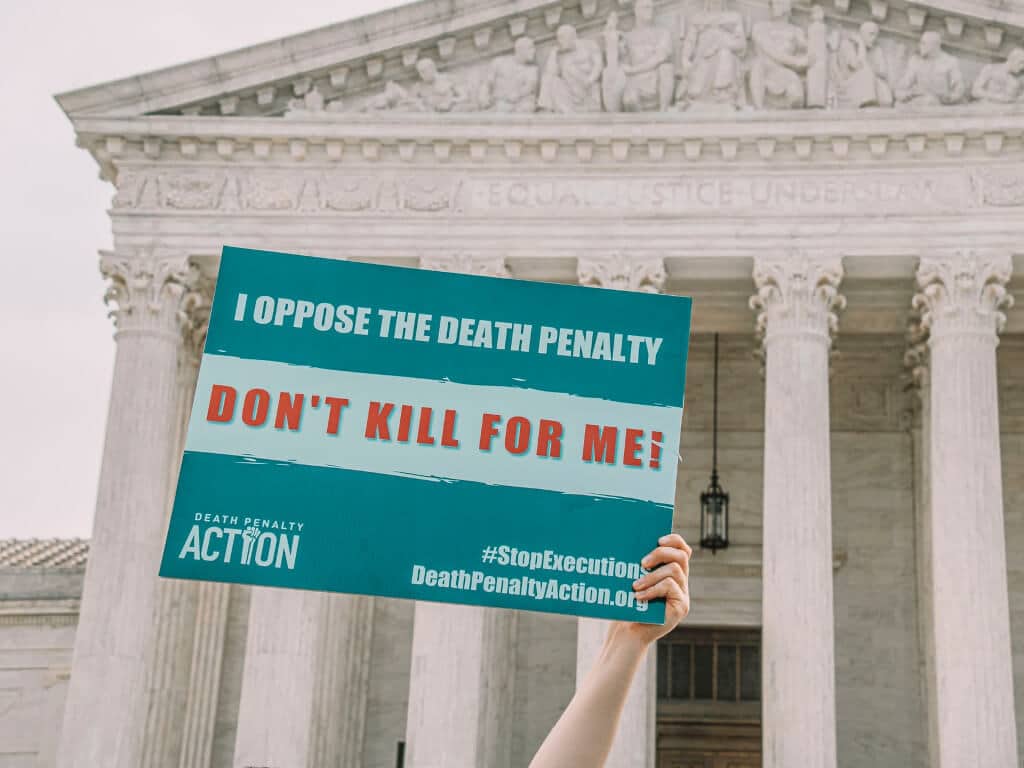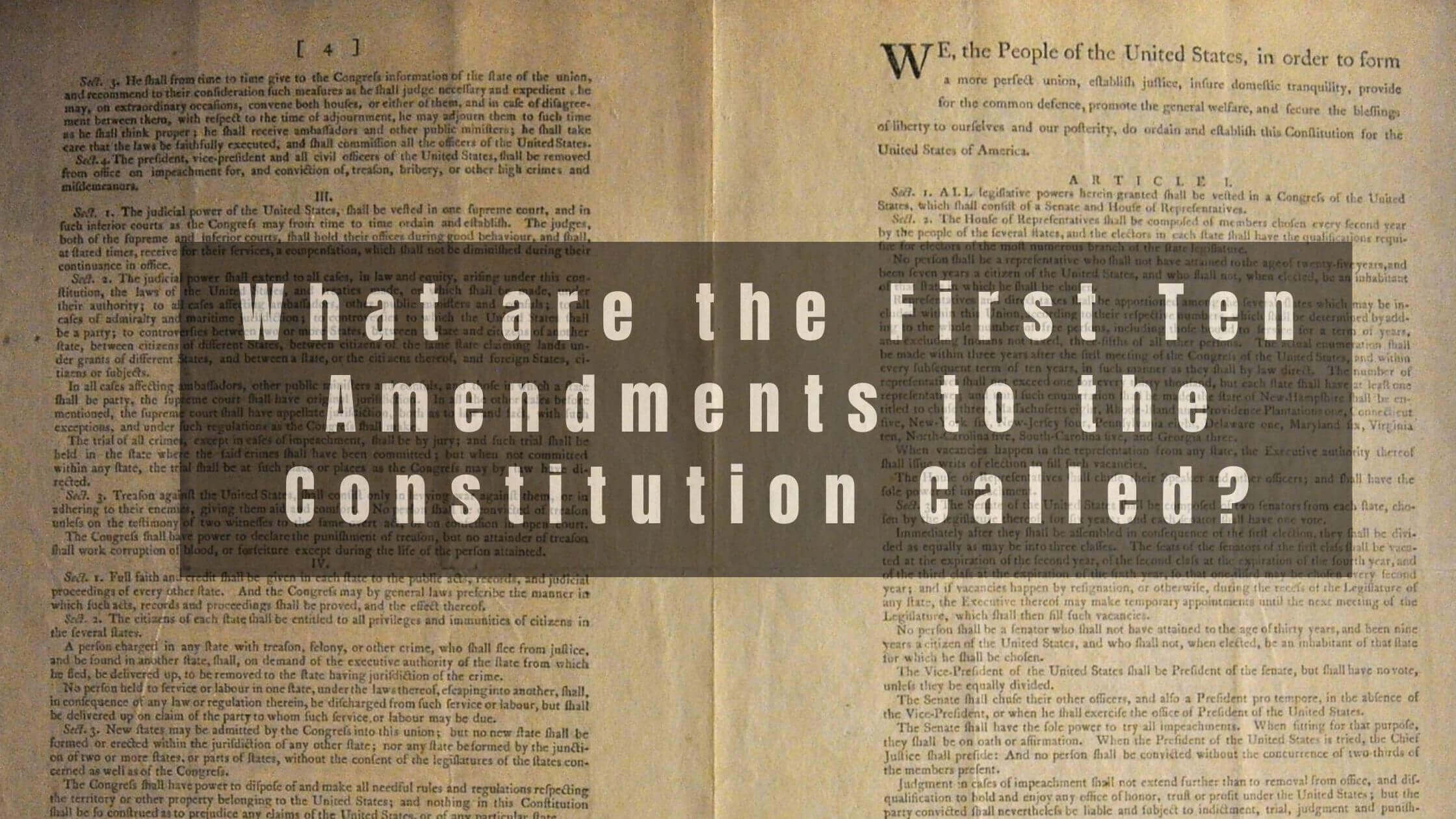Table of Contents
ToggleWhat is the Bill of Rights?
The United States Bill of Rights contains the first ten amendments to the United States Constitution. The required number of states completed ratification on December 15, 1791.
The Bill of Rights was crafted (mainly by James Madison) in response to criticism of the newly adopted original constitution, which had replaced the earlier Articles of Confederation. George Washington was the incumbent President, and John Adams was Vice President.

These ten amendments that make up the Bill of Rights clarify and enumerate some basic rights and freedoms, human rights, and set out citizens’ civil liberties. The previous lack of these was a major reason for the American Revolution.
In many cases, when Americans reference their “freedoms” or “liberties,” they are referencing a principle laid out in one or more of these ten amendments to the United States Constitution.
You can see an original copy of the Bill of Rights in the National Archives Museum.
Bill of Rights List
Let’s take a look at each of the Bill of Rights amendments:
First Amendment
The First Amendment of the Bill of Rights allows for freedom of speech, freedom of the press, freedom of religion, and people’s right to protest the government peacefully.

In the United States, people can criticize the government, say what they like, and practice whatever religion they like. Moreover, the government can not legally favor one religion over another.
Some exceptions to this freedom, such as using “fighting words” to threaten people, are illegal. This may be seen as a public danger.
Second Amendment
The Second Amendment protects the right of the people to “keep and bear arms.” This right is taken from older English common law.
Controversy over this amendment today includes whether gun ownership is connected to state militia service and to what degree – if at all – gun control laws are covered in the constitution.

Third Amendment
The Third Amendment prevents the government from lodging troops in private residences. This applies only during peacetime – in wartime, specific laws must be enacted to prevent troops’ lodging.
The Third Amendment is a direct response to the Quartering Acts passed by the British Parliament in the 1760s and 1770s, one of the 13 Colonies’ major grievances.
In modern times, this doesn’t seem as relevant as other constitutional amendments.
Fourth Amendment
The Fourth Amendment protects against an unreasonable search and seizure. The police can’t simply enter a home and investigate without “probable cause.” This amendment is often thought to have come from the US Constitution itself.
Fifth Amendment
The Fifth Amendment enumerates certain legal rights, such as the right to be tried before a court and grand jury, the right not to be tried for the same crime twice (“double jeopardy”), and the right to avoid self-incrimination.

It also describes that all citizens must go through “due process of law” before being legally punished. This could include the necessity of an impartial jury when facing a jury trial.
You’ve probably heard someone say they “plead the Fifth” – this refers to a person’s liberty not to be a “witness against himself.”
The famous Miranda warning (“you have the right to remain silent,” etc.) also extends from this right, though it wasn’t established until 1966 after a Supreme Court case (Miranda v. Arizona).
Sixth Amendment
Like the 5th Amendment, the Sixth Amendment of the Bill of Rights also relates to the judicial process. Namely, Amendment VI guarantees the right to a speedy and public court trial, performed in the district where the alleged crime was committed, and for a person to be told what it is they’re being charged with.
It also guarantees the right to a lawyer (“Assistance of Counsel”), even for those who cannot afford one: this is where the idea of “public defenders” comes from.

Get Smarter on US News, History, and the Constitution
Join the thousands of fellow patriots who rely on our 5-minute newsletter to stay informed on the key events and trends that shaped our nation's past and continue to shape its present.

Seventh Amendment
The Seventh Amendment is about legal suits for a citizen. For example, if someone damaged your property and you wanted compensation – specifically for an amount more than $20 – the Seventh Amendment gives you the right to take this issue before a jury to be settled, and if a specific reimbursement amount is decided upon, enforced.
Eighth Amendment
The Eighth Amendment protects people against prohibitive bail, fines, and “cruel and unusual punishment.” Today, it is most often discussed in relation to the death penalty.

Ninth Amendment
The Ninth Amendment states that there are other universal rights not protected in the Bill of Rights and that they should not be supposed not to exist just because they’re not mentioned.
James Madison pushed for this Amendment to be introduced so that people would not think all rights of US citizens were written in the Bill of Rights.
Tenth Amendment
The Tenth Amendment states that any rights that are not reserved for the central government are reserved to the individual states that make up the Union or “to the people.”
This was an attempt to define the differences between the state government’s power and the federal government’s power and included especially to satisfy anti-federalists.

Read the full text of the Bill of Rights.
Discover the full list of Constitutional Amendments – even those not included in the 10 amendments of the Bill of Rights.
History of the US Bill of Rights and whether it is part of the constitution.
Download a free, printable PDF of the Bill of Rights
Download the full US Constitution PDF including the full Bill of Rights.










9 Responses
The 9th Ammendment seems to obliquely cover things this right wing court will overturn that the majority of 21th century Americans do.
Absolutely. I am going to give you a little bit of a hint. Are most cases you learn about in your school government class done over any amendment after the bill of rights? Why? The right guy in office will defend the reason why the United States is a righteous nation. The wrong guy in office will defend just about anything… The Bill of Rights can defend the right and the left…. The 27 Amendments defend the Right.
Stop it – If you read everything about the 9th amendment on this site you would have learned that the interpretation of the 9th amendment is still debated today. Which means me and you can both look at it and think the complete opposite, which is scary in itself that any person can you it to fit their narrative.
“means YOU and I can both look” = take the ‘you’ out of the sentence and see how the word me doesn’t make grammatical sense. Very common mistake.
Because abortion is not explicitly permitted, they used the 10th Amendment and returned the issue to the States to decide. Most States have laws permitting abortion, hardly the ‘dance in the streets’ victory for pro-choice advocates. For them, at least a few States don’t consider it a right for anyone to take the life of a baby, no matter what the stage of development is.
The left changes language to turn us into sheep. And they have to tools to control language, most all of mass media, social media, and the billionaires in Simi Valley. Not to mention colleges and teacher unions.
Women are the vessel of life. It is their body until they are pregnant then it belongs to the Lord. Abortion, now is and should have always been, controlled by the individual states. Each state can pass the laws about when or if it can be employed. The purpose of the Supreme Court making their own law, is to centralize it and create division at the nation level. It belongs at the state level, otherwise we are ruled by a monarch.
“Power tends to corrupt and absolute power corrupts absolutely. Great men are almost always bad men, even when they exercise influence and not authority; still more when you superadd the tendency of the certainty of corruption by authority.”
“Despotic power is always accompanied by corruption of morality.”
The Bill of Rights and the 27 Amendments aim to protect every American, Right or Left, from our government transforming itself into a Despotic Absolute Power. The more morally corrupt our society becomes the further down that path we let them become one.
This progressive laissez faire attitude towards our moral traditions; Judeo-Christian Principles, Traditional Family Values, Accountability, Rule of Law and overall honesty and truth in public policy debates is anything but progress for our society.
Thank you.
THE 2ND AMENDMENT IS DIRECTLY TIED TO ANY MILITIA AND IS SUPPOSED TO BE
ITS PURPOSE IS FOR LIKE RIGHT NOW
TO ABOLISH A TYRANICAL GOVT. THAT IS A PLAGUE TO WE THE PEOPLE
IT WAS NOT INTENDED 4 HUNTING ITS INTENDED TO PROTECT OUR FREEDOM FROM THE FRAUDULENT REGIME THAT 4 SOME REASON IS STILL SQUATTING OUR WHITE HOUSE
How many ways are there to amend the Constitution? Yes, Congress has amended the Constitution 27 timrs.
What is the other way?
in the event that Congress became tyranical, the founders gave “We thePeople” articke 5. It is the ability to call, through each State Legislature, a Convention of States to debate the wording of amendments to be ratifies by 2/3 of the states.
Congress will not reform itself. it is up to the self-governed people of the U.S. to support constitutionofstates.com and take action.